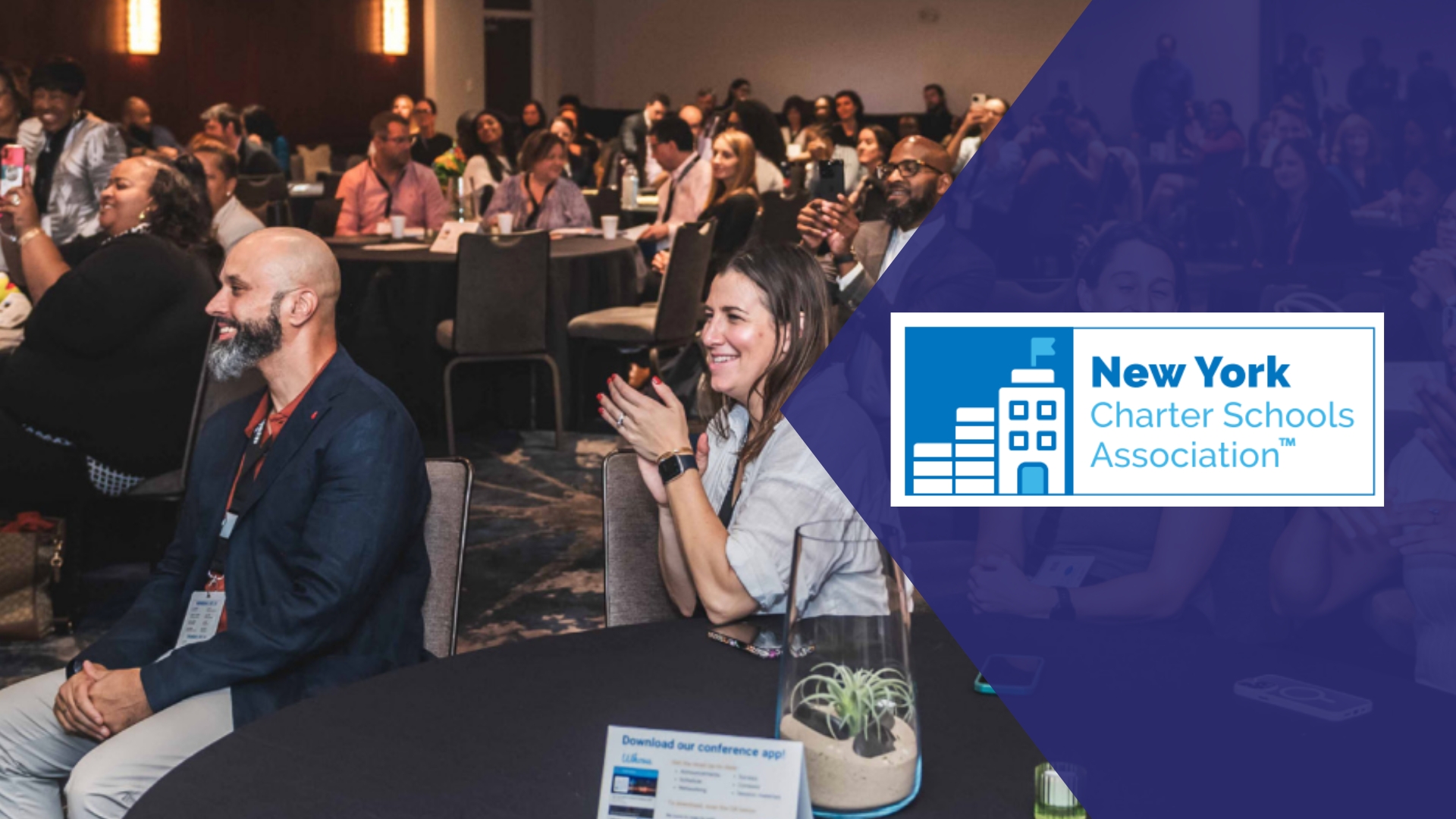A couple of weeks ago, our team had the privilege of joining a hundred charter school leaders in Rochester for the New York Charter Schools Conference. What struck us most wasn't the keynote presentations or vendor exhibitions—it was the authentic conversations happening in hallway corners and over coffee about the operational realities charter schools face every day.

The Conversation That Kept Coming Up
How do you manage consistent protocols across multiple buildings when your team is already stretched thin?
This challenge surfaced in nearly every conversation we had. Charter school leaders aren't just managing one campus—many are coordinating across multiple buildings, off-site programs, or satellite locations. And they're doing it with administrative teams that would be considered lean in any traditional district setting.
The frustration was clear: leaders described the stress of wondering whether their emergency protocols would actually work seamlessly across all sites when needed, despite having strong educational outcomes.
Beyond Compliance: The Real Operational Challenges
While compliance requirements dominated many formal sessions, the real conversations revealed deeper operational challenges:
Time Fragmentation: Leaders consistently described spending hours each week coordinating between different platforms, systems, and manual processes. The common scenario: tracking attendance in one system, managing visitors in another, with emergency protocols still living in physical binders.
Board Accountability: Charter school boards are increasingly sophisticated in their oversight. They want measurable ROI on technology and safety investments, not just implementation updates. Multiple leaders mentioned the pressure to demonstrate concrete improvements rather than just new capabilities.
Staff Training Overhead: With small teams wearing multiple hats, any new system that requires extensive training becomes a burden rather than a solution. The consensus was clear: if it takes significant training time, it won't get adopted successfully.
What's Actually Working: Real Solutions from Real Schools
The most valuable insights came from schools that had found solutions to these challenges. A perfect example is MaST Community Charter Schools in Philadelphia, whose experience demonstrates exactly what many charter leaders in Rochester were describing.
The Challenge: Matt Ehrlich, Head of Operations at MaST Schools, was managing emergency response across three separate campuses.
As he explained to us, "We had like an emergency procedures manual that was kept—it was originally kept in like an old school three-ring binder and it was in each person's room."
When emergencies required immediate coordination, they relied on walkie-talkies and a red-green card system for accountability.
The Reality Check:
"The reality is that an incident might not happen at the ideal time—or there's never an ideal time—but it's not gonna happen when kids aren't at recess or in the lunchroom. So doing that accountability when you have 200 people in the lunchroom was not an easy thing at all," Matt noted.
The Transformation: After evaluating multiple systems, MaST found an integrated platform that addressed their specific multi-campus needs. The results were transformative: "I think it's great that you can go into the docs section at the top and pull up the emergency plan. We use Google Docs, and I have it on there in two clicks—or two finger taps—you can have your emergency procedures right there in front of you for everything."
The Impact: Matt's assessment cuts to what really matters:
"It's easy, it's user-friendly, and it works. It works well, and other ones we've used have not worked so well for us. It's just great to have something that we've been looking for for a while."
Read MaST's complete transformation story.
Watch Matt explain their operational transformation →
Looking Forward: What Charter Schools Need
Based on our conversations in Rochester, charter schools aren't looking for more features or capabilities—they need solutions that understand their unique operational realities:
- Multi-site coordination that actually works with small administrative teams
- Integration that reduces platform switching rather than adding another system to manage
- Measurable outcomes that satisfy board oversight requirements
- Simple adoption that doesn't burden already-stretched staff
The Bigger Picture
What became clear throughout the conference is that charter schools are at an operational inflection point. The innovative educational approaches that define the sector require equally innovative operational support. Schools that figure out how to streamline their behind-the-scenes coordination will have more time and energy to focus on what matters most: student success.
The conversations in Rochester reminded us why we love working with charter schools. These leaders are solving complex educational challenges with creativity and determination. They deserve operational systems that match their innovation rather than holding them back.
Continue the Conversation
The insights from Rochester reinforce something we've believed for years: the most valuable learning happens when school leaders connect with peers who understand their challenges firsthand.
That's exactly why we created our Connected Schools Series—monthly conversations with no sales pitches, just practical wisdom from education professionals who've walked in your shoes.
What operational challenges is your school tackling this year? We'd love to show you how Ruvna can help address them. Schedule a demo to continue the conversation and see our platform in action.
Latest articles

Northern Virginia's First Snow and One School's Flawless Communication Response

School Safety Technology Budget Approval: The Leadership Conversation Guide



